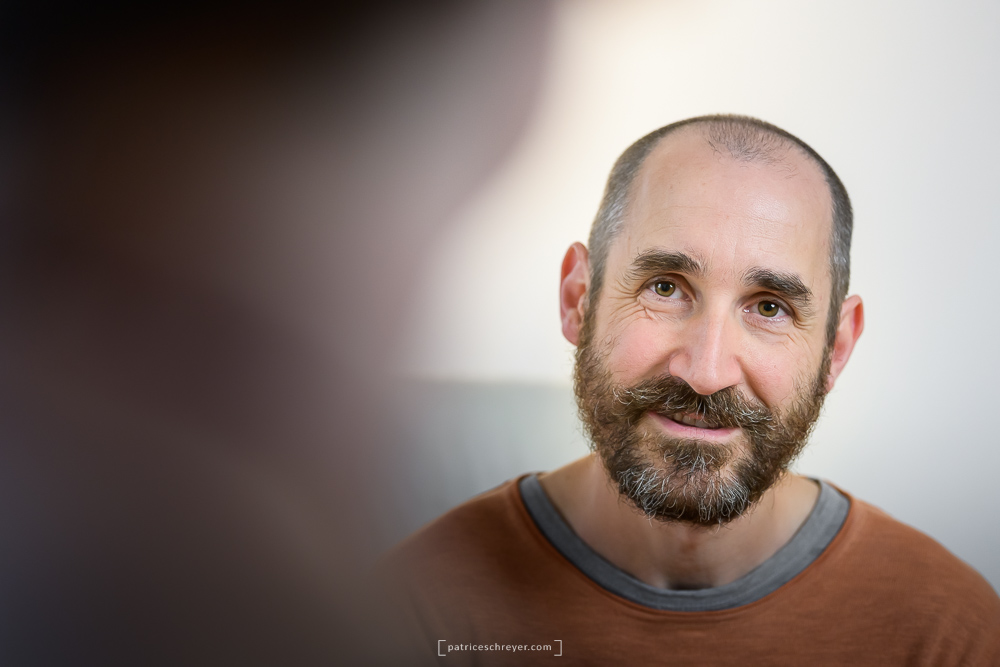Person-centered psychotherapy
was developed in 1940 by the American psychologist Carl Rogers (1902-1987). It is based on two pillars: on the one hand, a scientifically verified statement about how to establish a helping relationship with someone (person-centeredness) and on the other hand an axiom about the nature of the human being (« self-actualizing tendency »).
The self-actualization tendency
is considered to be the main driving force behind a person’s behavior and perception of his or her experiences. It leads the person in a movement of accomplishment of his or her potentialities, on the physical, psychic, intellectual and spiritual levels. If the human being lives in conditions that respect his fundamental need for unconditional positive acceptance, then he is fundamentally constructive, rational and social in his quest for fulfillment. If not, he will use certain mechanisms to safeguard his existence and his self-esteem. This process is at the origin of psychological disorders and destructive behaviors.
The person-centered attitude
refers to the therapist’s inner attitudes that allow the person who consults to overcome the blocks that hinder his/her development. There are three attitudes:
- Unconditional positive regard for the person seeking help, of who he/she is here and now, regardless of his/her emotions, difficulties or particular characteristics.
- Empathy, i.e. the ability to understand the other person’s world accurately (as if one were there) and to be able to communicate this understanding.
- Authenticity or congruence, i.e. the ability to be oneself, without a professional facade, as a person, in touch with everything that is going on within oneself and able to communicate it if it is helpful for the person in consultation.
The effect of person-centered therapy
is mainly based on the attitude of the helper and not on theoretical knowledge and ability to diagnose disorders, nor on skills in the use of therapeutic techniques. Through the person-centered relationship, the person seeking help gradually develops a personal growth marked by unconditional positive self-acceptance, more empathy towards oneself and an increased congruence of one’s own person in relation to others.
This concept, as defined by Carl Rogers, may seem very simple. However, its application in practice is very demanding for those who use it. Moreover, the Person Centered Approach has a long tradition of empirical research on its therapeutic effectiveness. It is well established in the academic scientific world and plays an active role in international debates on psychotherapy.

